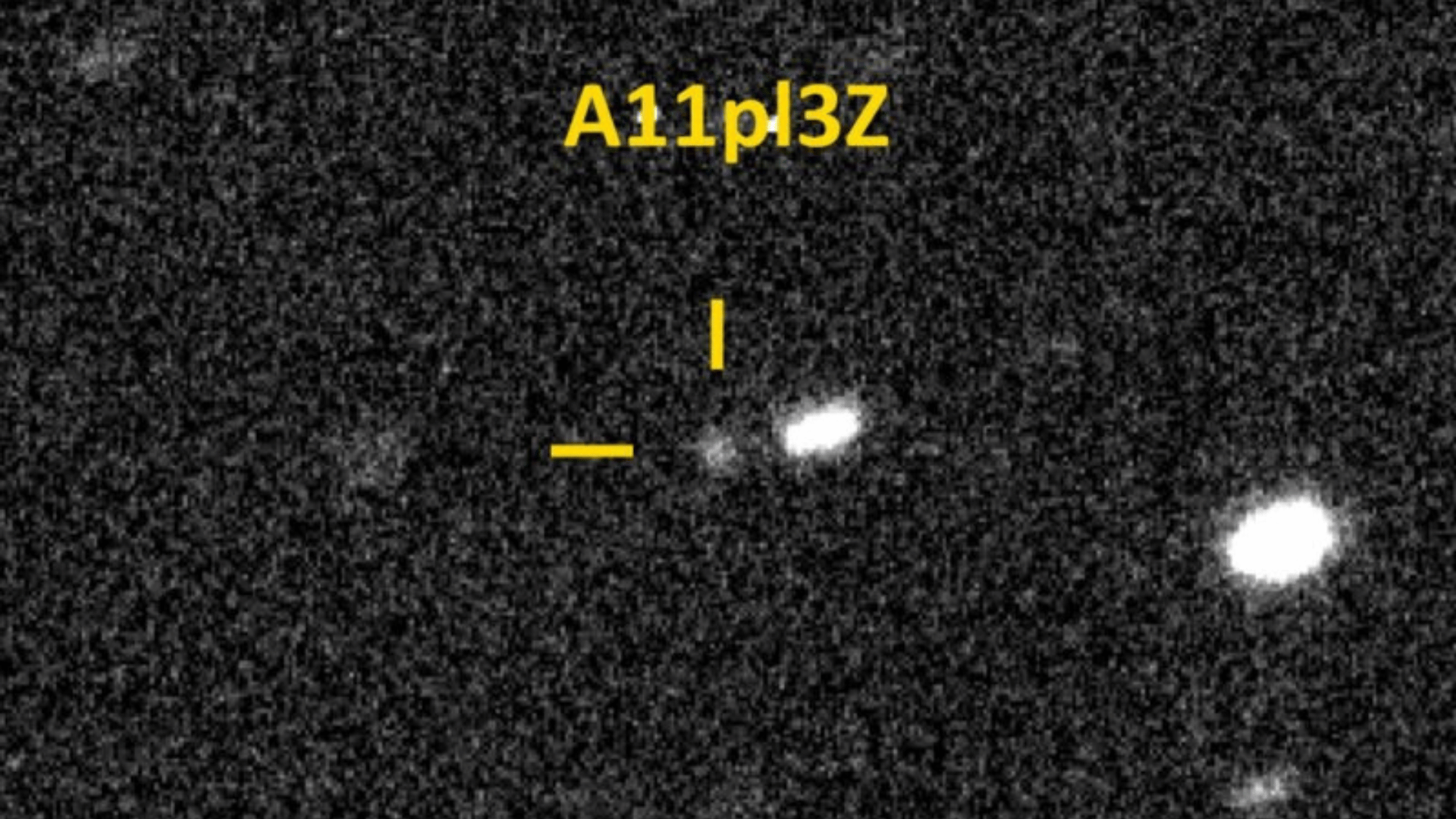For years, lighthouses have been used as a way for sailors to find their way to shore. Now, in the 21st century, finding directions has become even more sophisticated with the invention of GPS devices. And, as we look to the future, we look up toward the stars. Since space travel will likely be more common in the future, scientists have begun to pose the question- what GPS system can we use to navigate the stars?

One recent theory that scientists are currently looking into is the idea of using Neutron Stars (or the dead remains of stars that exploded in a supernova) as ‘cosmic lighthouses’ to help us navigate the solar system. Rapidly spinning neutron stars, or pulsars, emit x-rays in tight spinning beams similar to a lighthouse. This way, a navigation system when pinpointing where these points are on a cosmic map, would be able to ascertain the general location of a spacecraft based on how far or close it was to these neutron stars.
An x-ray telescope called NICER (Neutron Star Interior Composition Explorer) is currently in the process of creating a GPS map using these pinpoints. They began to test the theory back in 2018 in an experiment called SEXTANT (Station Explorer of X-ray Timing and Navigation Technology) where they were able to successfully track an object moving thousands of miles per hour through space utilizing this method.
Video Source: NASA
Although there is still quite a bit of work to do before this system is up and running and being used for space travel, Jason Mitchell, director of the Advanced Communications and Navigation Technology Division for NASA, said in a statement, “It effectively turns the ‘G’ in GPS from Global to Galactic… It could work anywhere in the solar system and even carry robotic or crewed systems beyond the solar system.”







